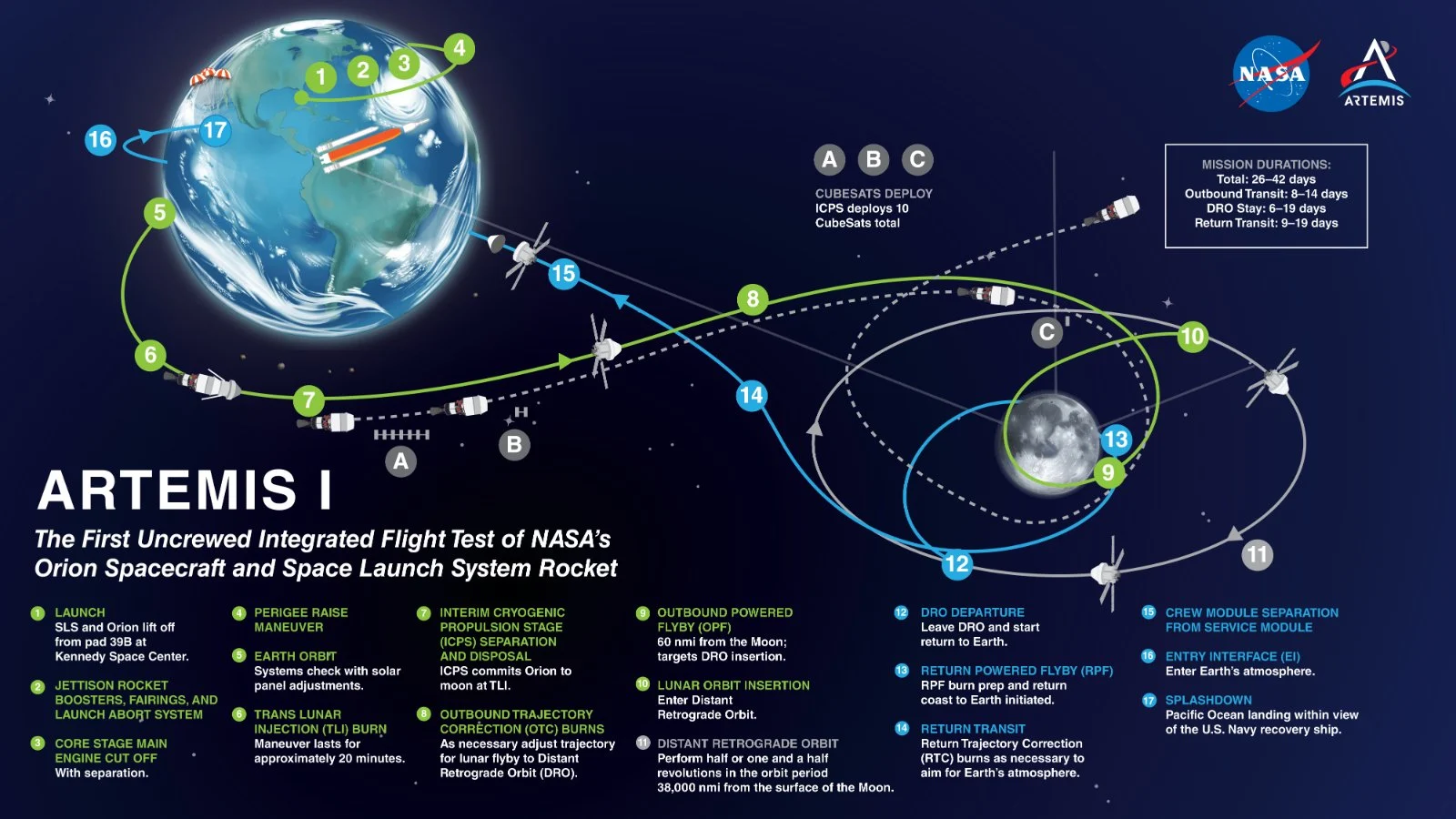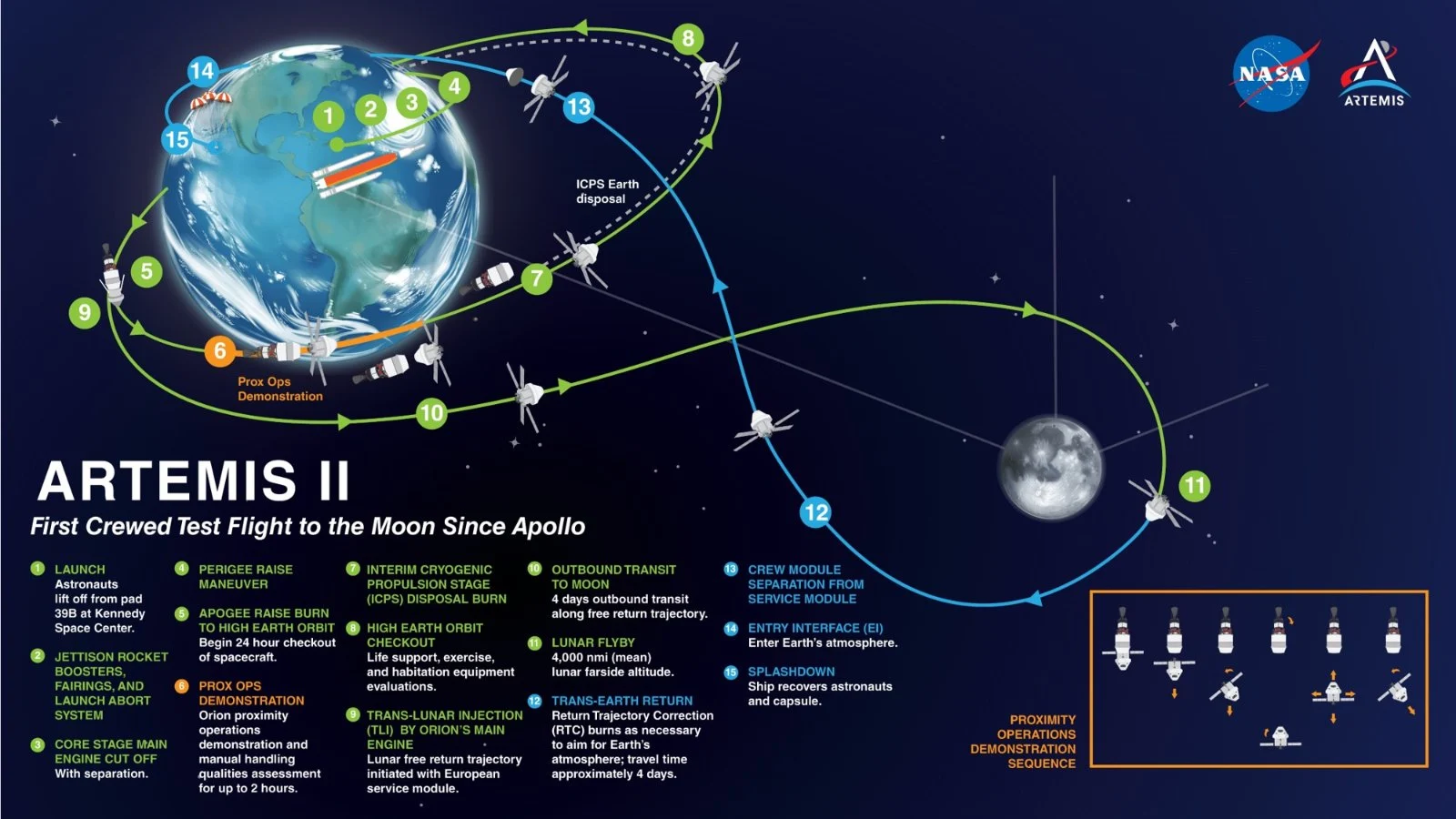The massive 98-meter-high SLS (Space Launch System) rocket carries the uncrewed Orion capsule and is the result of NASA’s collaboration with subcontractors Boeing and Lockheed Martin, with the former developing the rocket and the latter the space capsule.
The launch marks the official start of the US National Aeronautics and Space Administration’s Artemis program, which aims to return the West to the moon for the first time since 1972, when Americans last set foot on the moon. Also note that this is the first time that NASA’s Space Launch System (SLS), the most powerful rocket to date, and Orion space capsule have launched together.
It took more than a decade to develop and build the SLS. Although it is considered the most powerful and advanced missile ever built, many have not hesitated to call it “an exorbitant, government-funded waste of American taxpayer money” since there are private companies that, for much less money, can take over the game.
Just before yesterday’s launch, there was a moment when NASA was once again unsure about a launch. The space agency team discovered a leak in the liquid hydrogen regeneration valve in the launch tower, and it took a while to properly secure the screws around it. At the same time, a problem with the radar intended to “track” the launch was discovered as it was found to be offline. In the end, the NASA ground crew was able to recover the radar because the malfunction was caused by a faulty ethernet switch.
The US National Aeronautics and Space Administration once again had to delay the launch of the Artemis I mission by about an hour, but this was the latest delay. Finally, the launch of the SLS rocket with the Orion capsule from the base was successful. Minutes later, the Orion capsule successfully deployed its solar arrays and shut down the primary stage’s engines, separating from the rest of the vehicle and plunging into the Atlantic Ocean. Then the second stage of the rocket fired its own engine as it was intended to put the Orion space capsule into orbit around the moon. At some point it will “detach,” leaving the uninhabited capsule alone for a four-week trip around the Moon before procedures begin to return it to Earth. Somewhere along the way, the capsule will launch 10 small CubeSat-style satellites designed to conduct separate science investigations to aid future deep space missions.

Artemis I will provide NASA with the data it needs to ensure the Orion capsule is safe for astronauts on future missions, both while on orbit and during re-entry into our atmosphere (for example, if a heat shield can adequately protect astronauts, Both during re-entry into the atmosphere and during fall into the Pacific Ocean.

If all goes well, NASA will be able to begin planning the Artemis II mission, which will be manned. With the Artemis II mission, expected to launch in 2024, astronauts will travel around the moon. One year later (2025), NASA plans to launch a mission to the moon. It is likely that the Artemis III mission will lay the foundation for the construction of a lunar base, which will help NASA develop its plans for a space base on the Red Planet in the early 2040s.





More Stories
In Greece Porsche 911 50th Anniversary – How much does it cost?
PS Plus: With a free Harry Potter game, the new season begins on the service
Sony set to unveil PS5 Pro before holiday season – Playstation